All About Alliums!
It’s time to celebrate plants in the allium family! This spicy plant family includes garlic, onions, chives, leeks and more. Edible alliums bring fragrance and depth to almost any savory dish and are a joy to grow and harvest yourself.
Unlike many edible plants, growing (and eating) plants in this family is a year-round endeavor and fall is a time for new beginnings. At Chatfield Farms, our favorites include several varieties of garlic and onions. In Colorado, these crops are generally harvested in July and August and then dried, or cured, for several weeks indoors. By September the stems should be completely dried and can be trimmed off leaving the bulbs ready for storage or consumption.
Just as soon as everything is trimmed and stored, it’s time to start preparing to plant for the following year. At Chatfield Farms, we have had success planting onion seeds outside as late as September, and we plant garlic in late October to enjoy the following spring. Once overwintering garlic and onions are planted and tucked in under a layer of straw, we wait a few short months for February when it’s time to start onion seedlings indoors to plant outside next spring.
If you plan to plant garlic or onions in your own garden remember to pay attention to the qualities of different seed varieties you can choose from for best results. Here are a few tips for choosing your seed:
- There are two main types of garlic, “hardneck” and “softneck.”
- Hardneck garlic varieties produce woody flower stalks. The stalks emerge as soft shoots also known as “scapes,” which should be pulled off the plant when they curl to allow bulbs to fully form. Scapes are edible and delicious.
- Softneck garlic varieties do not produce stalks or scapes, these are better for braiding and can store for longer periods of time.
- Onion bulb formation depends heavily on sunlight hours available to the plant, which differ from region to region. Check out this resource on long-day, intermediate-day and short-day onion varieties.
Gallery
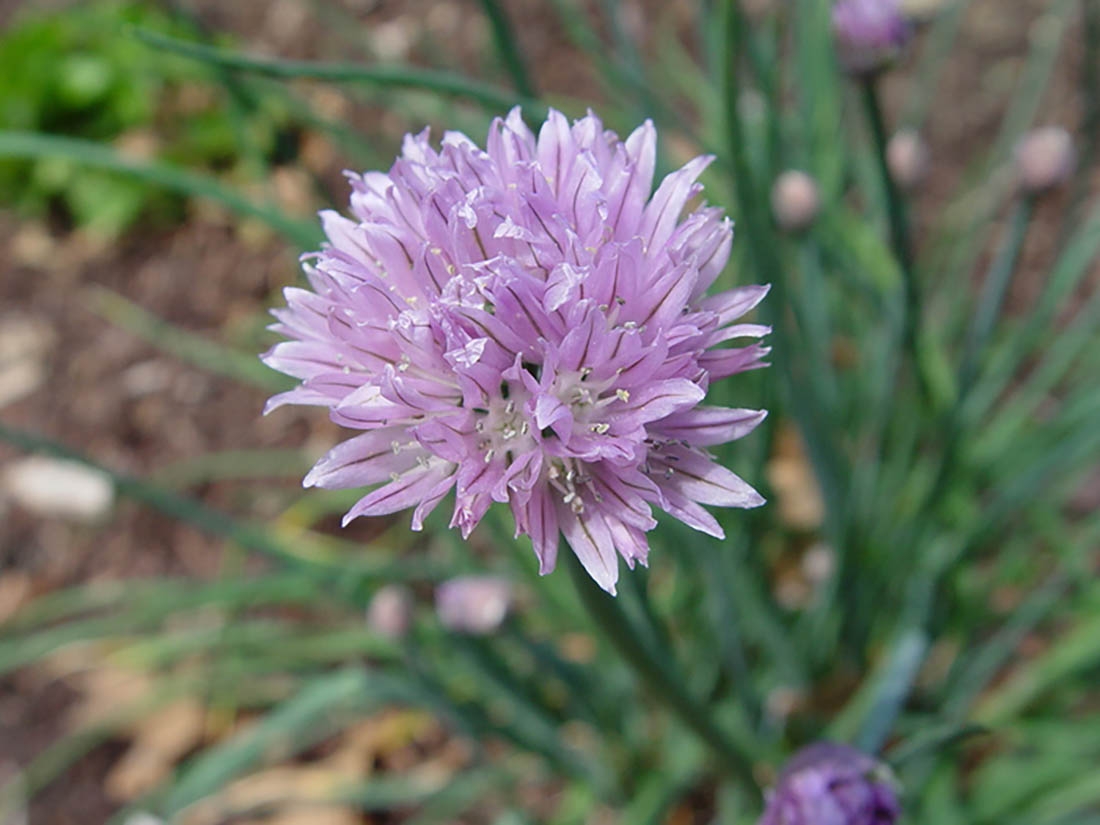
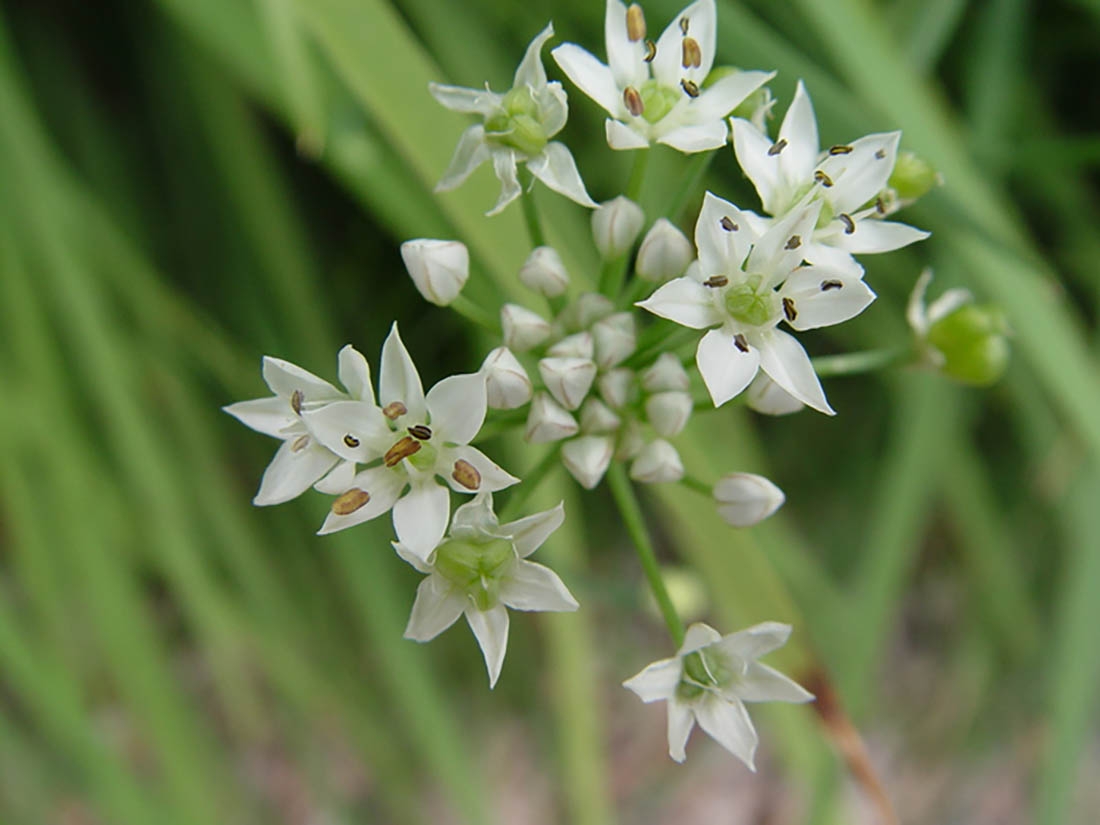
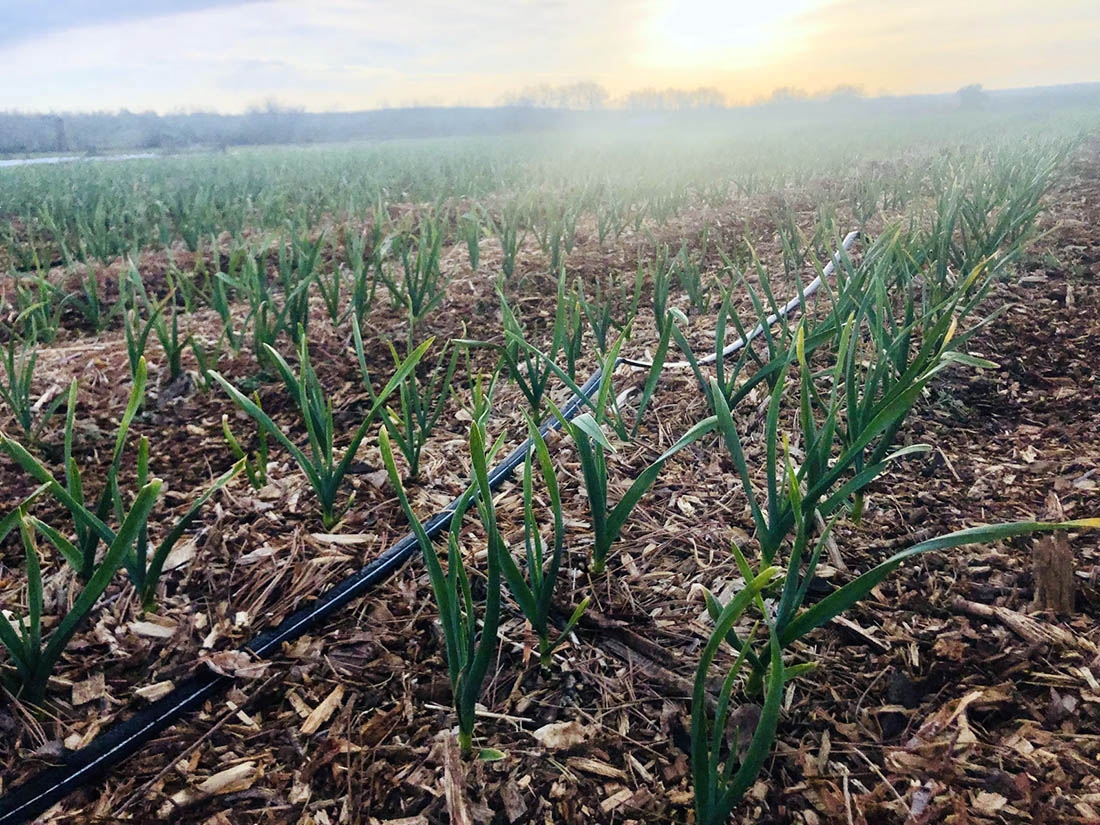
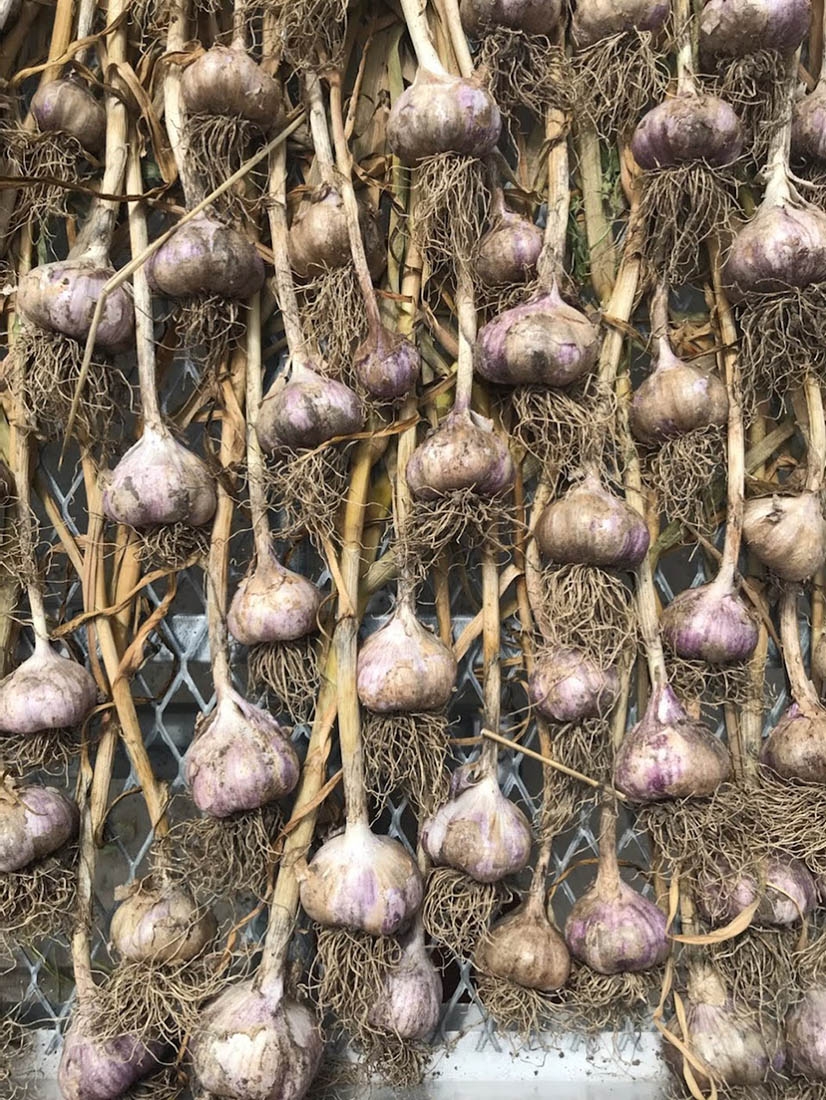

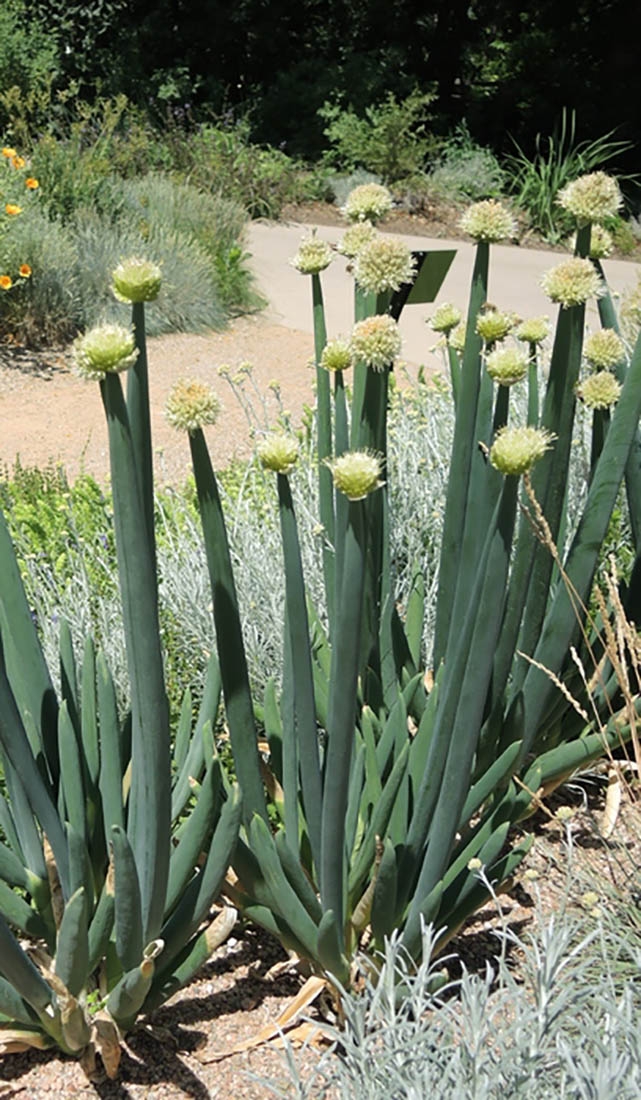
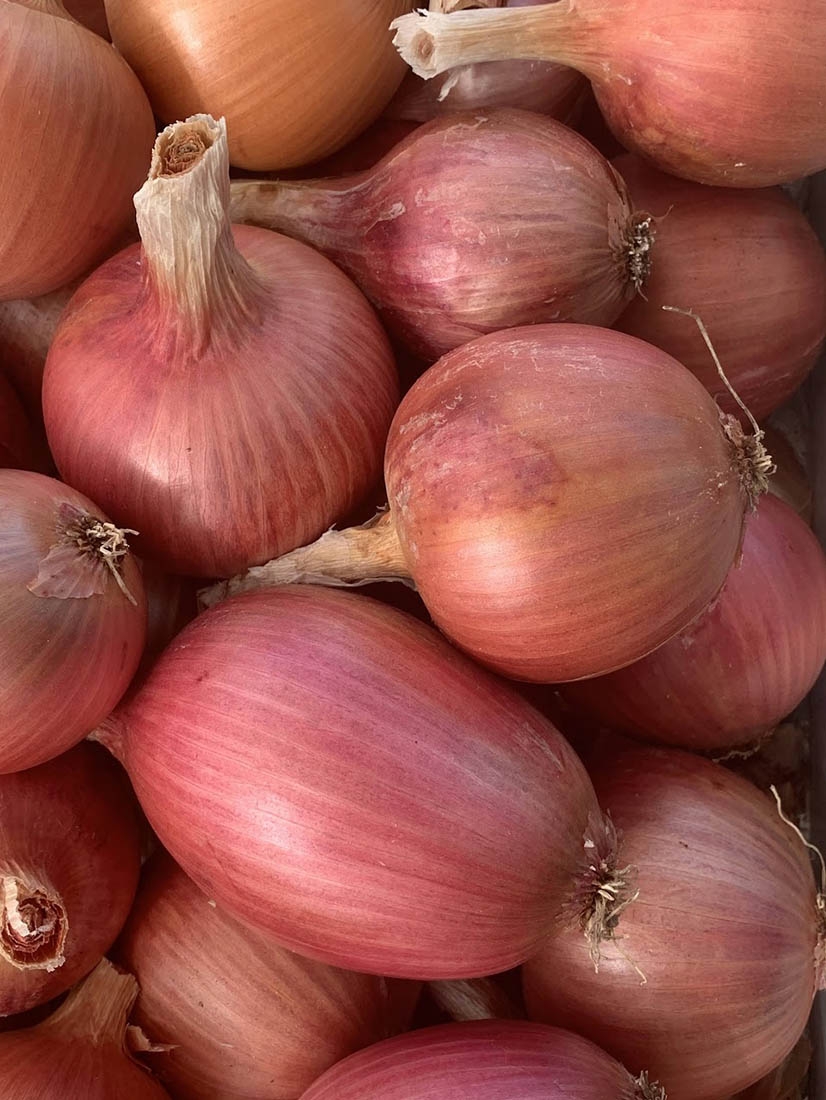
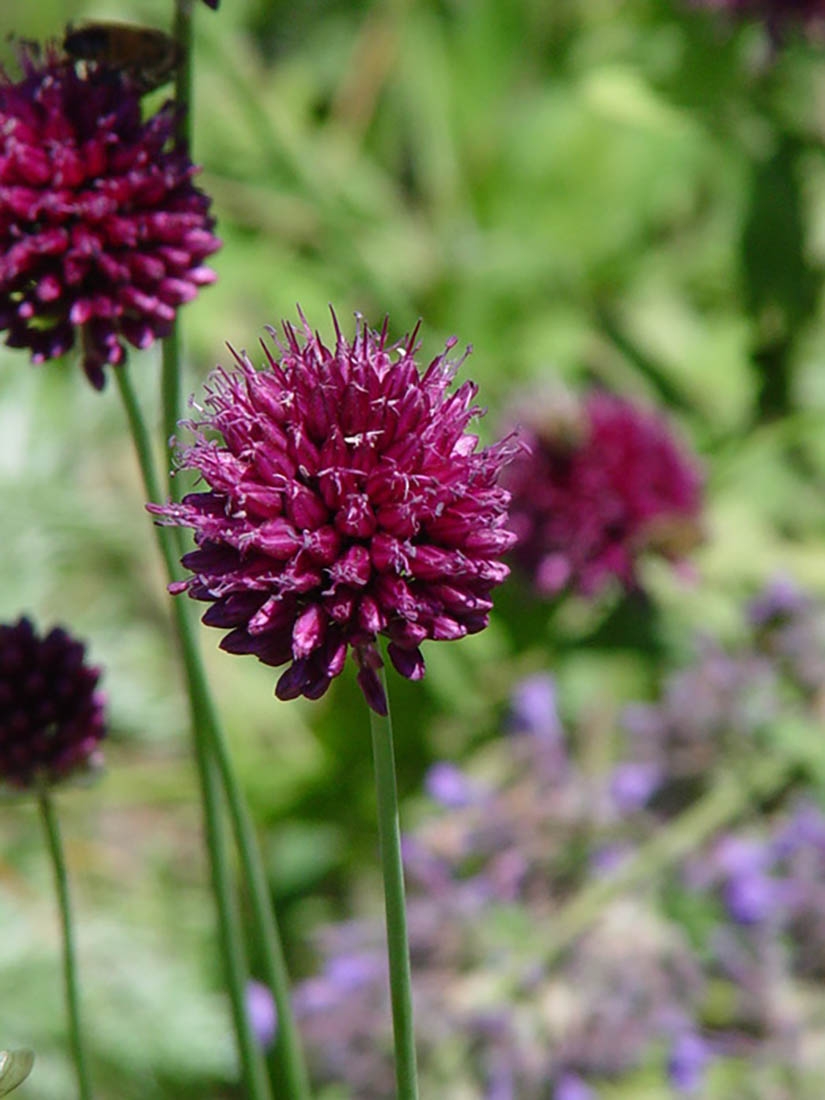
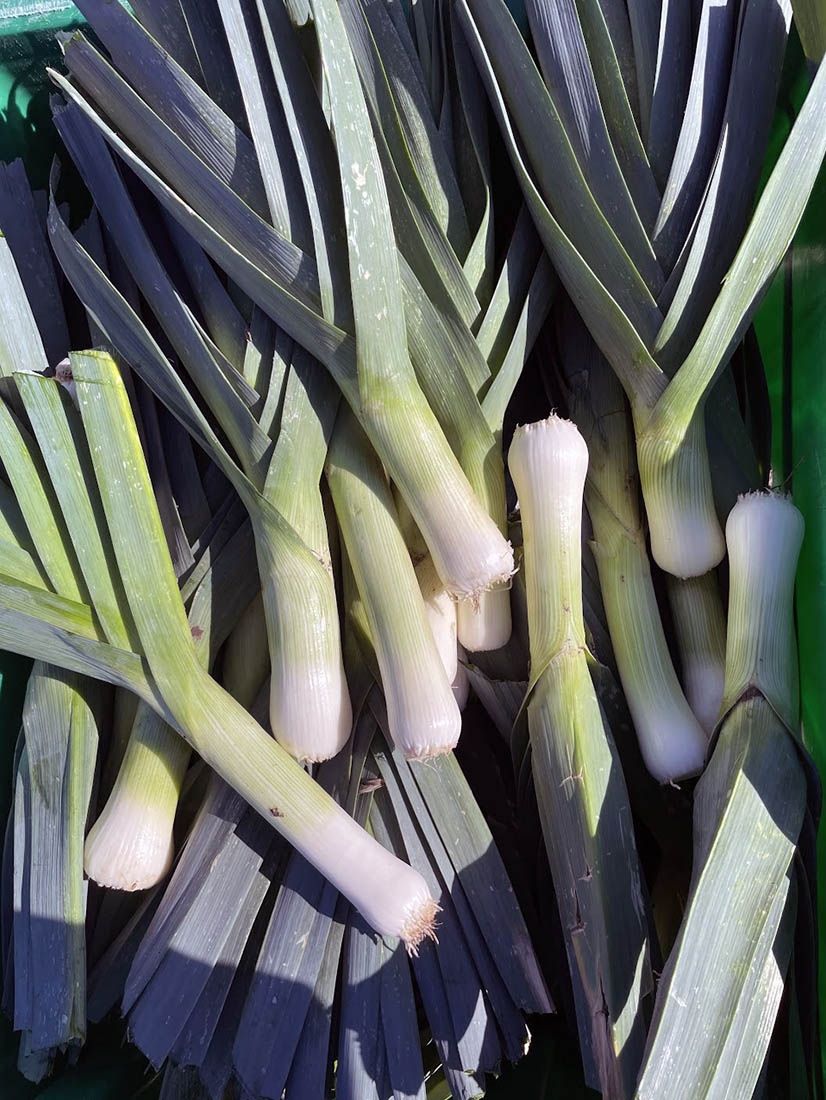
Add new comment